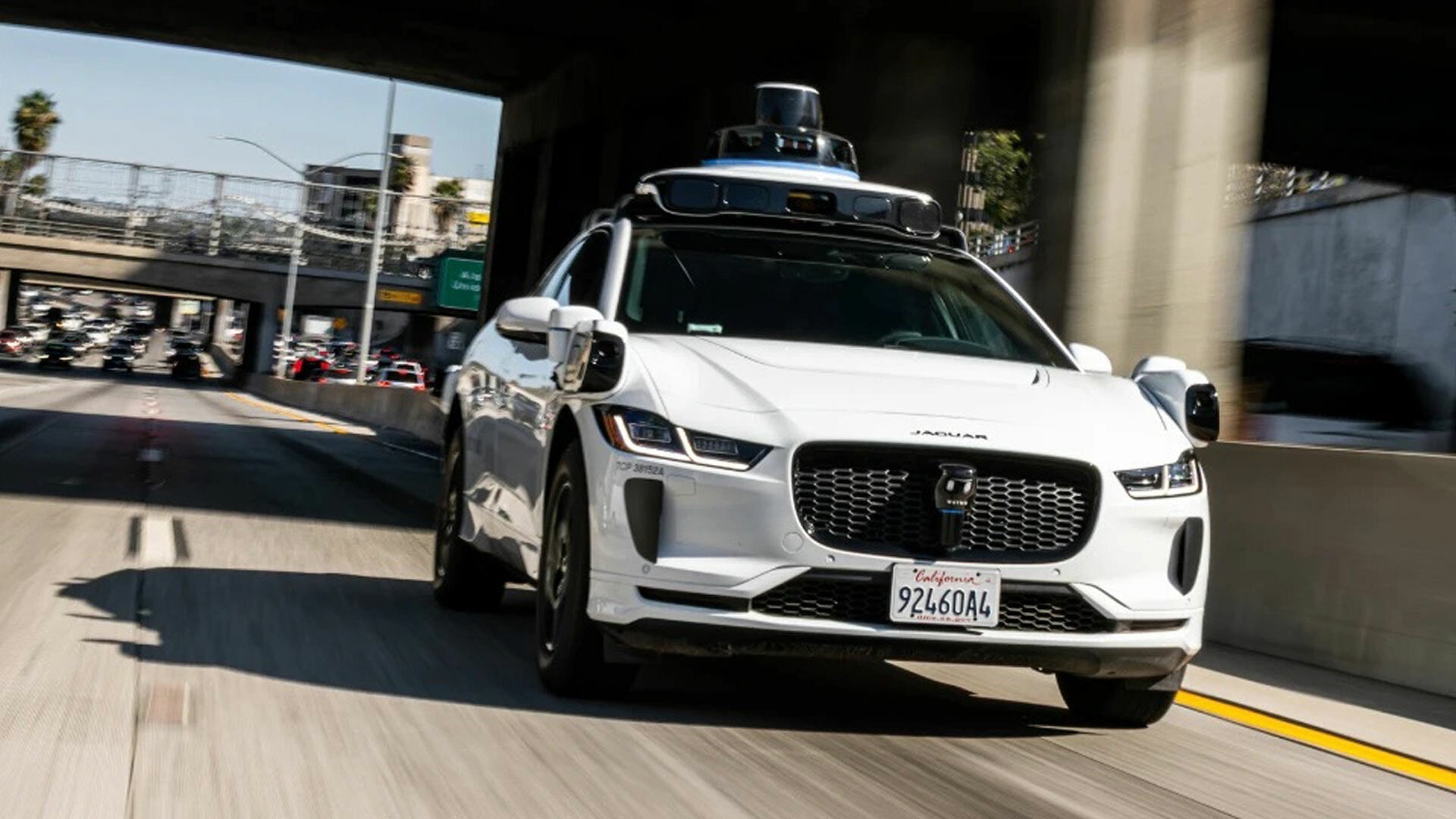A New Vision for EV Technology
Rivian and Volkswagen are expanding their partnership beyond internal collaboration. Their joint venture, RV Tech, aims to create a shared software and computing platform that could one day be licensed to other automakers.
“We’re solving a problem not just for Rivian and VW, but for the entire automotive industry,” said Wassym Bensaid, Rivian’s Chief Software Officer and co-leader of the joint venture. “This could become a standard technology stack that others can use.”
The move reflects a larger shift in the auto industry—from traditional carmaking to technology-driven vehicle design—as automakers struggle to keep pace with the growing complexity of software-defined vehicles.

What RV Tech Is Building
RV Tech, short for Rivian and Volkswagen Group Technologies, is developing advanced electrical and software architectures to serve both companies’ future EVs.
Rivian gains $5.8 billion in new funding from Volkswagen and access to lower-cost components, thanks to VW’s global supply scale. In return, VW receives Rivian’s next-generation “zonal architecture”, a networked computing system that enables smarter energy management, faster updates, and more flexible vehicle configurations.
These shared systems are designed to support rich software experiences—from improved over-the-air updates to advanced driver assistance. However, features such as autonomous driving and user interfaces will remain unique to each brand, ensuring distinct experiences for Rivian, Audi, Porsche, and others under VW Group.
Positioning for a Broader Market
Rivian and Volkswagen envision a platform that can eventually power vehicles from other manufacturers. As Bensaid explained, “Software is essential—but software is hard.”
RV Tech’s leadership believes its platform could serve as a “reference operating system” for the auto industry, similar to how Google’s Android powers a range of smartphone brands. This model would allow other automakers to adopt Rivian-VW technology, customizing it for their own brands while saving development time and cost.
The potential payoff is significant. Licensing technology offers higher margins than building cars, which remains a low-profit business even for legacy automakers. Rivian, which has yet to reach profitability, sees this as a way to diversify its revenue and strengthen long-term stability.
Learning From Industry Challenges
The entire auto industry has spent years trying to build seamless, connected “smart cars,” but progress has been slow. Even leaders like Tesla and Rivian have faced software glitches.
Other EV startups, including Lucid Motors, are also exploring similar strategies. Lucid has begun licensing its efficient drivetrains to other companies, starting with Aston Martin. Rivian and VW’s software-first approach follows the same logic—turning innovation into a scalable product for others to adopt.

Looking Ahead to 2027 and Beyond
For now, RV Tech’s immediate focus is on executing its next generation of EVs, including Rivian’s upcoming R2 crossover, priced around $45,000, and several VW Group projects. These include a compact VW hatchback, a new Audi model, and vehicles from Scout Motors.
At the same time, the joint venture is maintaining open channels with other automakers, ensuring that its software architecture is flexible and easily customizable for third-party use. “We’re building foundations that can expand once we have the bandwidth to engage with other OEMs,” said Bensaid.
Competition will be fierce, as other carmakers race to develop their own proprietary software stacks. Yet if Rivian-powered Volkswagens prove successful, more manufacturers may be willing to license RV Tech’s systems rather than start from scratch.
The first VW vehicle featuring RV Tech’s software—based on the ID.Every1 concept—is set to debut in 2027, priced at €20,000, marking the beginning of what could become a shared digital foundation for the EV industry.
Recommend Reading: Rivian Rolls Out Smart Charging to Lower Home Charging Costs







Share:
Waymo Expands Robotaxi Service to Highways in Three U.S. Cities